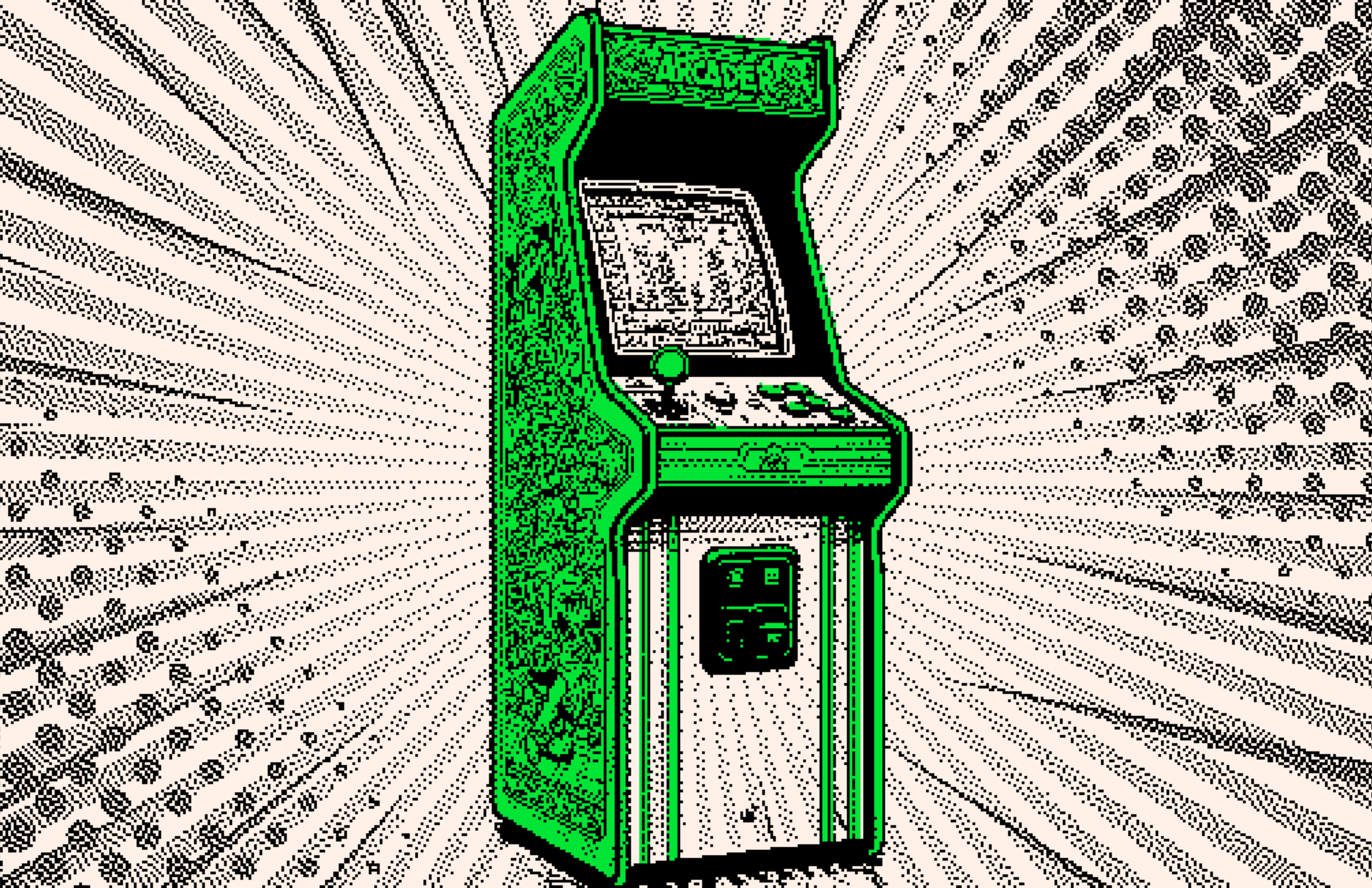The #1 Skill in Game Design: Mastering Feedback

What’s the Big Deal with Feedback?
When you’re crafting a video game, it’s like you’re in a bubble.
You think your game is awesome, but will others feel the same?
The truth is, you can’t know if your game is a hit or a miss until players get their hands on it. That’s where feedback comes in, and trust me on this, it’s a game-changer!
Why Feedback is Your Superpower
Imagine feedback as a power tool in your game design toolbox. It’s not just about listening to what others say about your game. It’s about how you listen.
Taking feedback the right way can turn your good game into a legendary one. It will also improve your relationship with players and coworkers!
Ego, Be Gone!
First things first, you’ve got to ditch the ego. I’m serious.
Remember, your game isn’t about you – it’s for the players. When someone gives you feedback, they’re helping you, not attacking you.
Appreciation is key here.
Even if you don’t agree with what they’re saying, say thanks. It shows you value their opinion. They will be more likely to come to you again with feedback.
The Truth About Feedback
Here’s a secret: when someone tells you there’s a problem with your game, they’re usually right.
But if they give you a solution, be cautious. That’s your job to figure out.
Either way, be grateful you’re getting feedback. If someone’s not giving you feedback after you ask, it might mean they don’t believe you’ll receive it well. Yikes!
You want play testers to always feel comfortable being honest with you. That’s your responsibility.
Why Feedback Rocks
Learning to love feedback can do wonders.
The more feedback you get, the more you learn, and the better your game becomes.
It’s like having a secret weapon that keeps making your game cooler and cooler. Designers who know how to receive feedback will always produce a better game than those who don’t.
Common Worries About Feedback
Some people worry that showing their game too early might give a bad impression. Or worse, someone might steal their idea!
And sometimes, the feedback feels just… wrong. Like the player doesn’t ‘get’ your game. Or they’ll just tell you what you already know.
These are real worries, but don’t let them stop you from seeking it out anyway. The value you get from a good feedback process outweighs any of the costs.
It’s never too early to get feedback.
Look at how Slay the Spire looked when their designers started requesting feedback.

That game went on to become a smash hit!
My Story with Feedback
I didn’t always take feedback well.
In the beginning, I would get defensive or justify my design. I would blame the person for not “getting” my design.
This held me back as a game designer.
But when I started embracing feedback, everything changed. I went from a so-so designer to one of the best on my team! I got promotions and more opportunities within the studio.
People enjoyed working with me because I was open to their ideas. They felt comfortable coming to me with problems and I loved hearing their feedback.
It wasn’t always easy, but it was always worth it.
Feedback Made Easy: A Two-Step Process
Ready to become a feedback expert? Here’s how:
-
Appreciate the Feedback: Say thanks, even if you don’t agree. It shows gratitude and encourages the other person to come back with more.
-
Accept or Discard: You decide if the feedback works for your game. Give the feedback honest consideration before making a decision. (Pssst, you can keep this part a secret.)
The Bottom Line
Feedback isn’t just about making your game better. It’s about being a better designer, a better team player, and building trust with players.
When someone offers you feedback, remember, it’s not just advice. It’s your ticket to being a great game designer! 🌟🎮👾